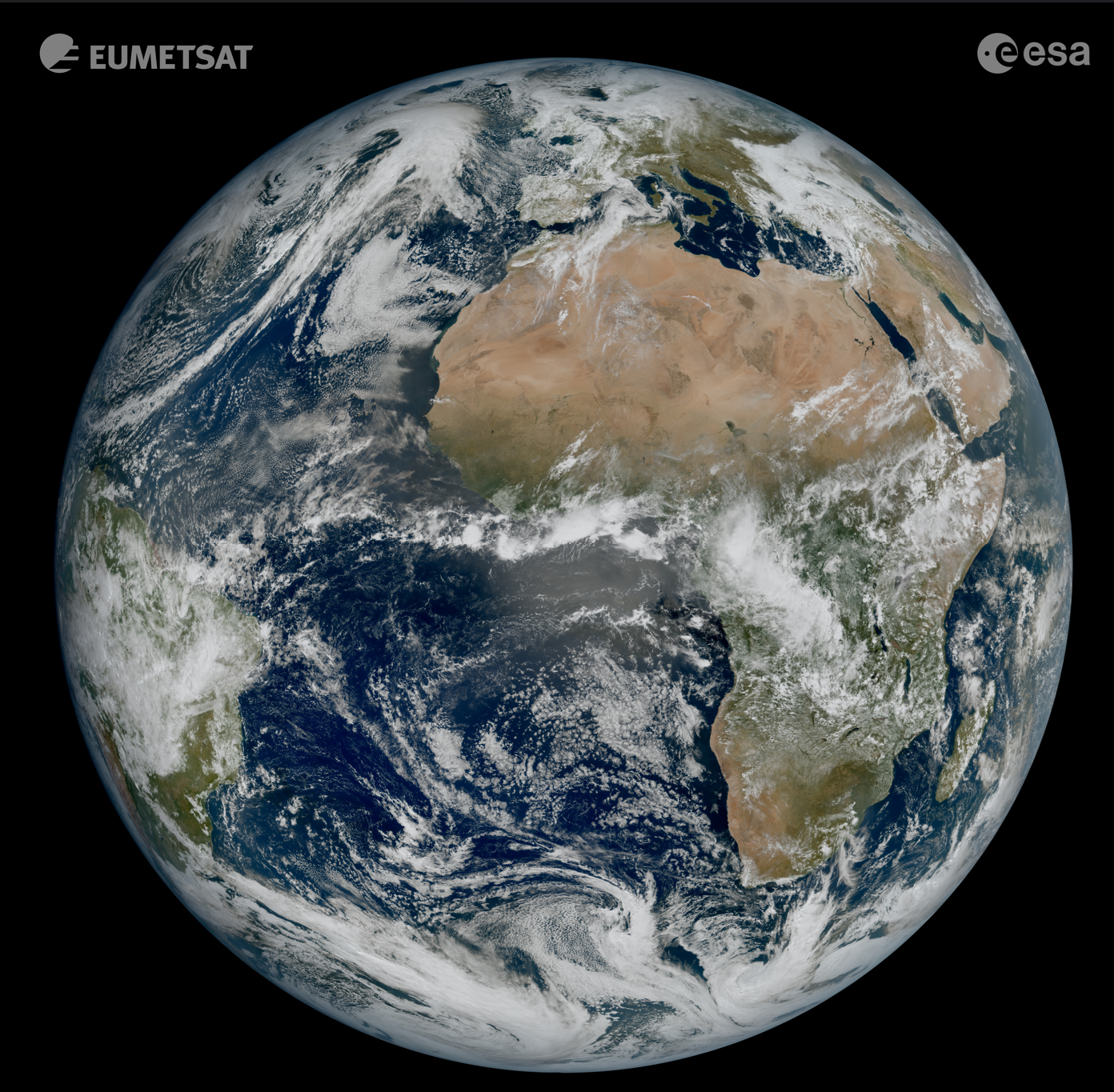Speaker
Description
The re-entry of spacecraft from low Earth orbit produces an anthropogenic influx of metals such as aluminium, lithium, and copper which already exceed natural background levels. We present the results of a modelling study to predict the atmospheric impact of Space Debris Particles (SDPs), composed of Al(OH)3 nanoparticles which form from ablated aluminium, using the Whole Atmosphere Community Climate Model (WACCM), coupled to the Community Aerosol and Radiation Model for Atmosphere (CARMA), a sectional aerosol model. The effects of catalytic chlorine activation on the surface of the SDPs and SDP-nucleated polar stratospheric cloud formation are considered at present day SDP levels and predicted future levels. We predict significant changes to stratospheric ozone if the predicted increases of SDPs occur, and identify the shape of SDP particles and their interaction with the Junge layer sulphate droplets as key unknowns in this field.

